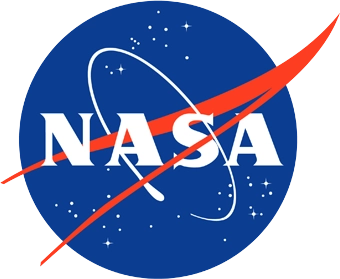Magnetosphere-Ionosphere Observatory (MIO): A Multisatellite Mission Designed to Solve the Problem of What Generates Auroral Arcs
Joe Borovsky
Los Alamos National Laboratory
The MIO mission concept involves a tight swarm of satellites in geosynchronous orbit that are magnetically connected to a ground- based observatory, with a satellite-based electron beam establishing the connection. The aspect of this mission that enables it to solve the outstanding auroral problem is `being in the right place at the right time -- and knowing it''. Each hypothesized auroral-arc generator mechanism has a characteristic gradient in the magnetosphere as its fingerprint. The MIO mission is focused on (1) getting inside of the auroral generator in the magnetosphere, (2) knowing you are inside, and (3) measuring critical gradients inside the generator. The decisive gradient measurements are performed in the magnetosphere with satellite separations of 100's of km. The magnetic footpoint of the swarm is marked in the ionosphere with an electron gun firing into the loss cone from one satellite, and ground-based auroral imagers and radar provide the auroral context of the satellite swarm. With the satellites in geosynchronous orbit, a single ground observatory can spot the beam and image and monitor the aurora, with full-time conjunctions between the satellites and the observatory. After describing the mission concept, the discussions will turn to (1) the critical gradients that need to be measured, (2) how the feedback of the aurora on the magnetosphere will be studied, (3) beam-propagation and beam-spotting issues, and (4) the nature of the aurora at geosynchronous orbit.
